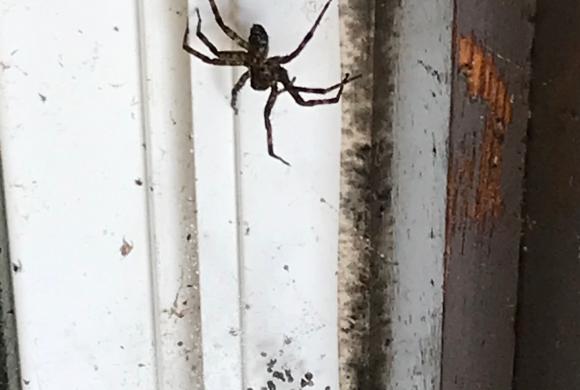Types Of Household Spiders
The spider has an unsegmented body with two main divisions, four pairs of walking legs and organs for producing silk which is used for making nests, webs to catch prey or cocoons for its eggs. Spiders can have up to eight eyes. With so many eyes, it is surprising that most spiders are near-sighted.
Many spiders prey on pests such as flies, mosquitoes, plant hoppers and gypsy moths that get caught in their webs. Once the prey becomes tangled in the web, the spider immobilizes it by wrapping it in more silk and then injecting venom to paralyze it. Later the spider injects a pre-digestive liquid and sucks out all the nutrients from its prey. Most spiders are nocturnal, shy, and avoid confrontation by running away. They will only bite if squeezed or held.
Wolf Spiders
Wolf spiders are unusual because they do not build webs but rather hunt for their prey. These spiders can be as large as 3 cm in length and are dark brown in colour. They are generally found in grasslands, woodland floors, beaches and gardens.
Cellar Spiders
These spiders have very long legs and build their webs in the corners of cellars or cool, damp basements. Cellar spiders are harmless and can be eliminated by removing the webs and reducing the humidity in that area of the house.
Fishing Spiders
Although fishing spiders resemble wolf spiders they have a different eye pattern. The adults can reach up to 7.5 cm in width. They are commonly found near cottages and waterfronts, especially around rocks near the shoreline. These spiders forage for their prey and the females only spin webs to surround their eggs, which they guard.
House Spiders and Black Widow Spiders
The house and black widow spider belong to the same family (Theridiidae). The house spider is more commonly found within the house whereas the black widow spider is more likely to be found in dark crawl spaces or garages. The black widow spider is shiny black with a distinctive red hourglass-shaped mark on the underside of the abdomen. It spins a small, silk web close to the ground. Its name is derived from the female's tendency to consume the male after mating.




